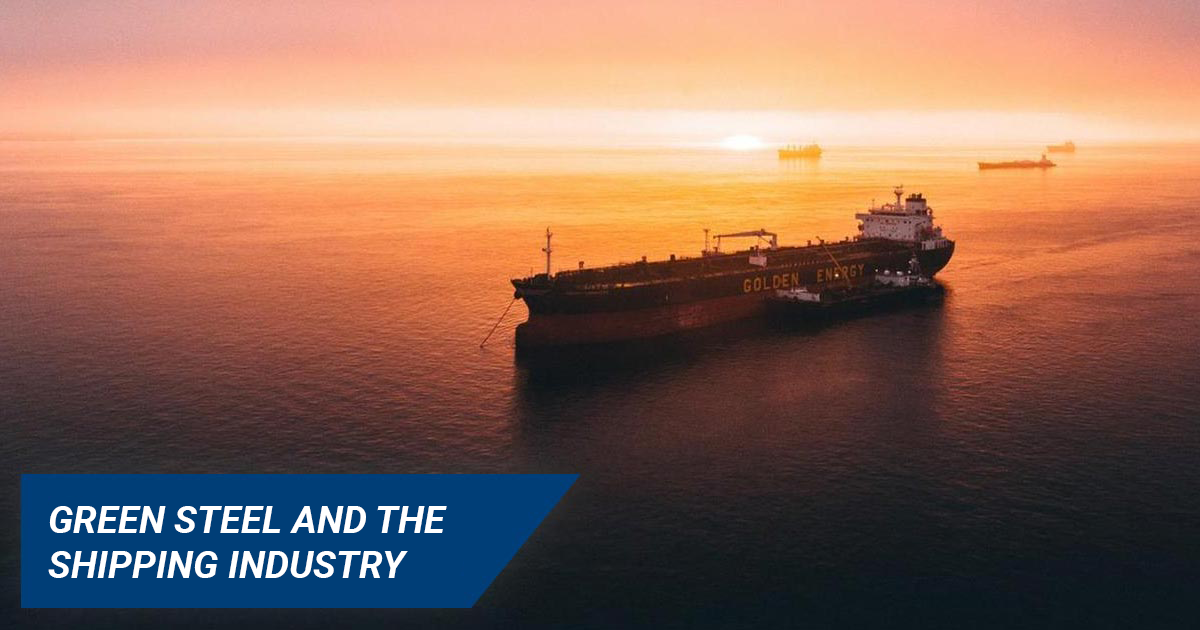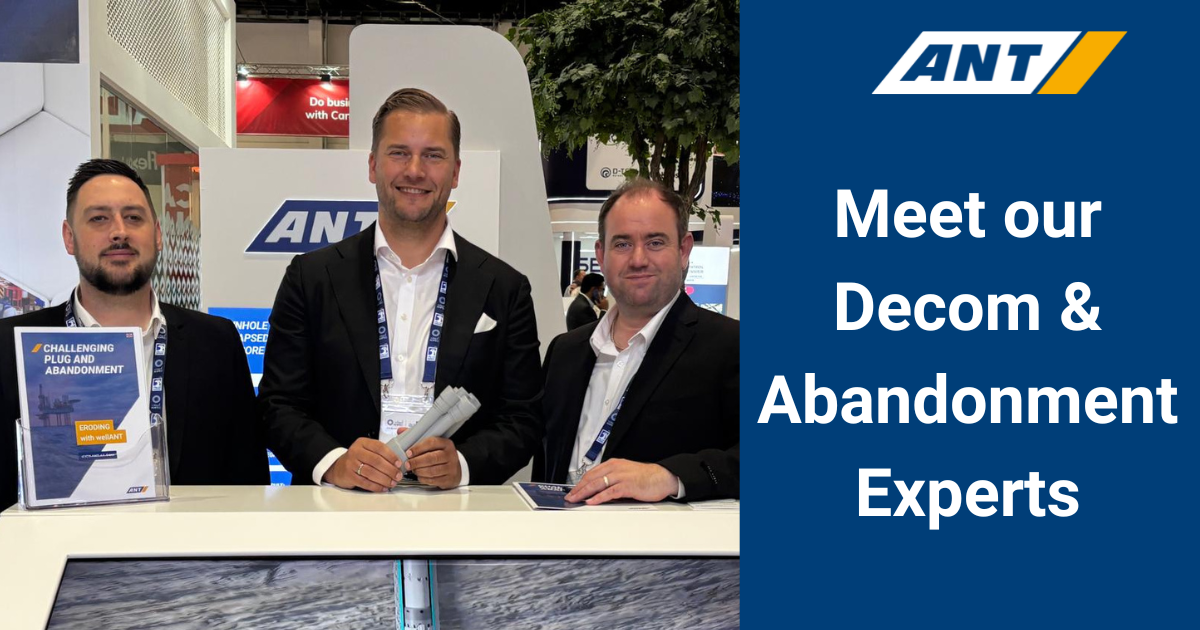Green Steel and the shipping industry
Every year, hundreds of end-of-life seagoing vessels around the world are dismantled into their component parts and brought into shape for processing and recycling. 90 percent of these ships are dismantled in dismantling facilities and recycling yards in South Asia. In Pakistan, Bangladesh and India, for example, thousands of jobs in the shipyards and downstream service sectors depend on ship recycling. The steel recovered from the ships is an important raw material. In Bangladesh alone, around 80 percent of the country’s total raw material demand for steel is covered by the recycling yards. Ship recycling is thus a fundamental economic factor – especially for those countries that secure their steel needs through the processing and recycling of old ships.
Ship recycling in the 21st century
Globally applicable guidelines such as the Hong Kong Convention or the EU Ship Recycling Regulation therefore advocate for a worldwide improvement in the environmentally friendly recycling of ships under safe working conditions. The pioneer of such a more sustainable recycling economy in the maritime industry in compliance with all important environmental and occupational safety measures is Germany. Here, the first pilot projects are already underway, in which the use of cold water cutting technology allows for the first sustainable and almost emission-free ship recycling worldwide.
The Hong Kong Convention
The Hong Kong International Convention for the Safe and Environmentally Sound Recycling of Ships was adopted in 2009 by the members of the International Maritime Organization (IMO). The content of the convention is an agreement for the worldwide improvement of environmentally sound recycling of ships and for the working conditions prevailing in the shipbreaking yards and operations. The Convention will apply to all new and existing seagoing ships of 500 gross tonnage and above.
The two core components of the Convention are:
- an inventory of hazardous materials for each ship, in which all hazardous materials must be recorded in detail, indicating their location and approximate quantity, and
- certification of the recycling yards; because seagoing ships may only be dismantled at certified yards that comply with all the environmental and safety requirements of the Convention.
However, the Hong Kong Convention has not yet entered into force, as not enough member states have acceded to the agreement. Nevertheless, Germany ratified the Hong Kong Convention in 2019.
EU Ship Recycling Regulation - EU-SSR
The European Union is already further ahead than the Hong Kong Convention with its Regulation EU 1257/2013 on ship recycling. This is because the EU Ship Recycling Regulation has already entered into force. The directive regulates the dismantling of ships, which in future may only take place at certified and, above all, listed shipyards according to firmly regulated procedures, with the aim of reducing accidents and risks and thus avoiding injury and damage to the environment.
The EU Ship Recycling Regulation applies to all ships that
- are in international voyages,
- are flying an EU flag and
- have a size of 500 gross tonnage and above.
The most important requirements of the EU regulation at a glance:
Sea-going vessels may only be dismantled in EU-approved recycling yards.
Ships sent for scrapping must have a recyclability certificate.
In addition, ships must carry a certificate of the inventory of hazardous substances, the so-called inventory certificate.
The hazardous material inventories and the inventory certificates require approval from the respective flag state.
Ships must carry an inventory of hazardous substances, listing the hazardous substances on board, their location and approximate quantities.
Environmentally friendly ship recycling 2.0 made in Germany
Shipbuilding is one of the largest, if not the largest, supplier of scrap metal in the future. So what makes more sense than to combine two of the most important concerns of our time: Climate protection in the steel industry – after all, one of the biggest emitters of CO2 – and climate protection in shipbuilding? So what could be more obvious than reactivating “old” shipyards here in Germany and breathing new life into them? And this in the form of sustainable, safe and environmentally friendly ship recycling 2.0 made in Germany. A shipyard in Kiel is already pioneering this venture. Bremen wants to follow suit with another pilot project. In future, ships will be dismantled in these shipyards in an environmentally friendly and extremely sustainable way using water jet technology. This reduces the risk of fire and, moreover, no CO2 is released during the cutting process.
Not only the workers and the environment benefit from this innovative technology and the scrapping and dismantling of disused seagoing vessels here on site, but ultimately also the steel industry, which is focusing on more sustainability and thus recycled steel as part of the Green Steel movement. Your advantage: a very high security of supply, sustainable steel production and a proximity to the supplier that is virtually tangible. Great potential with a future: the existing shipyard infrastructure in Germany is revitalised and the steel mills can directly process the recycled scrap.

Our waterjet technology for a sustainable future
We provide shipyards with our technology as a tool and our engineering as expertise – and thus make an important contribution to a more sustainable cycle. A more sustainable cycle that combines climate protection in the steel industry through the production of Green Steel and climate protection in ship recycling through emission-free cutting with the waterjet. This link simultaneously secures important steel as a raw material for European steel production and helps European steel producers to reduce their environmental footprint.
We are committed to operating in the market in a contemporary manner and with an eye on the future. With waterjet cutting, we offer a tool to deconstruct the remnants of the industrial age – and this does not only include disused seagoing vessels or shipwrecks lying at the bottom of the sea – in a sustainable, recyclable and, above all, safe way for people and nature. The world is changing, people’s need for (natural) resources is changing. As an innovative company, we are happy to make the world a little bit better with our technology. Our technology makes sense for the carbon footprint, as we manage without smoke, fire, heat and exhaust fumes with our cutting technology – and we are proud of that.
Discover our sustainable portfolio
Do you have questions about waterjet cutting? Would you like to learn more about how we ensure more safety, sustainability and climate neutrality with our technology? Our sales team will be happy to answer all your questions.




